Mexican Horror Movies: A List of Scary Movies from Mexico
This list of Mexican horror movies includes films from as early as 1934. Enjoy some classic scares and unique tales with these horror films from Mexico.
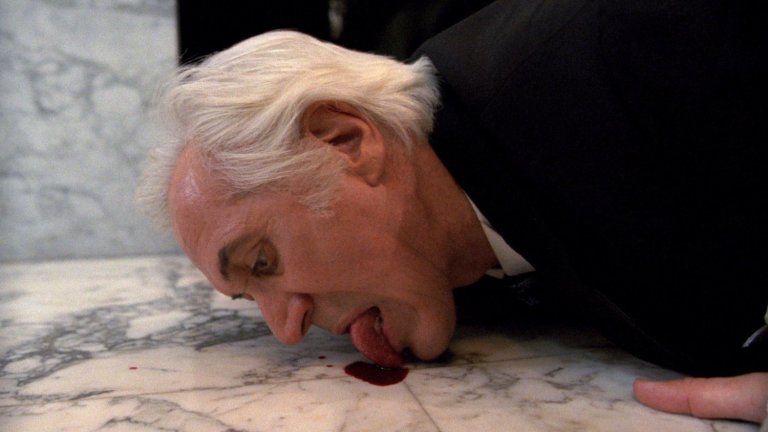
Mexico might be a uniquely death-obsessed culture—after all, how many countries celebrate an annual “Day of the Dead” (Dia de los Muertos) where people dress up as skeletons? Combine this fundamental appreciation for the morbid with a deep cultural history of Roman Catholicism, and you have a horror industry replete with spooks and ghosts and vampires and bloody crucifixes, all of it accentuated by dusty atmospherics.
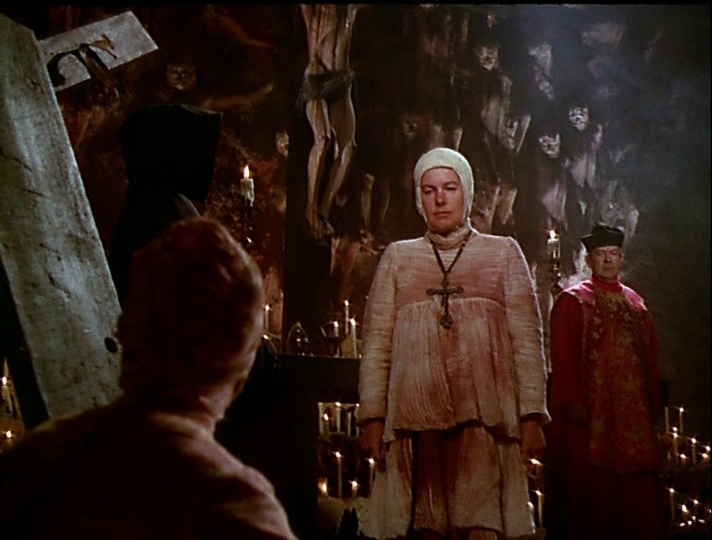
Mexican horror is also unique in that it often incorporates the country’s favorite sport—masked wrestling, AKA lucha libre. From the beginning of sound motion pictures all the way up to the 1970s, the Mexican film industry considered horror movies to be trashy and thus didn’t promote them. But somewhere along the way, filmmakers started targeting wrestling fans by either having their masked crusaders fight monsters or become monsters themselves. Only in Mexican horror movies will you see a woman wrestle a mummy who then turns into a bat.
The first major director of Mexican horror films was Juan Bustillo Oro, who directed the first four films on this list. He first burst onto the scene in the mid-1930s with a trio of spooky films called El fantasma del convento (1934), Dos monjes (1934), and El Misterio del rostro pálido (1935). While the Mexican horror industry was somewhat dormant throughout the 1940s, Oro rose again with 1950’s El hombre sin rostro (1950) and helped revitalize the genre.
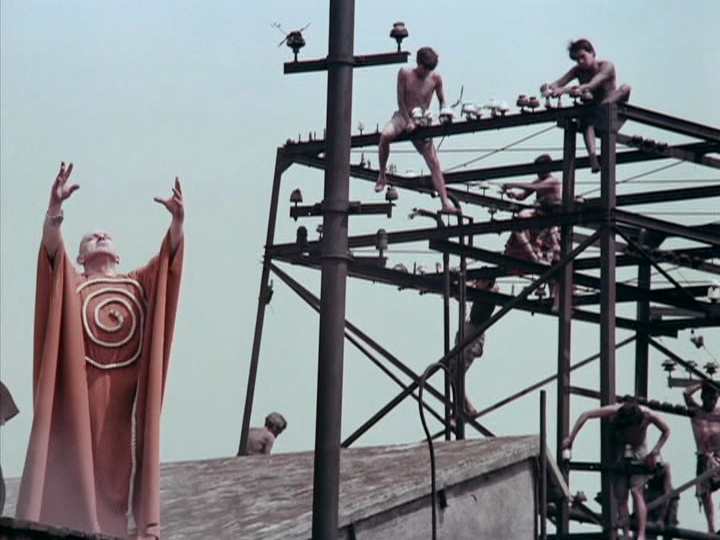
One of the key ways Mexican horror movies were brought into the United States was because an American man named K. Gordon Murray, who acquired dozens of Mexican films—about thirty of them being horror movies—and re-dubbed them in English for an international audience, giving the world such unforgettable treats such as Doctor of Doom, The Brainiac, and Wrestling Women v. The Aztec Mummy. Here is a list of the most important Mexican horror films from 1934 and beyond.
Dos Monjes (1934)
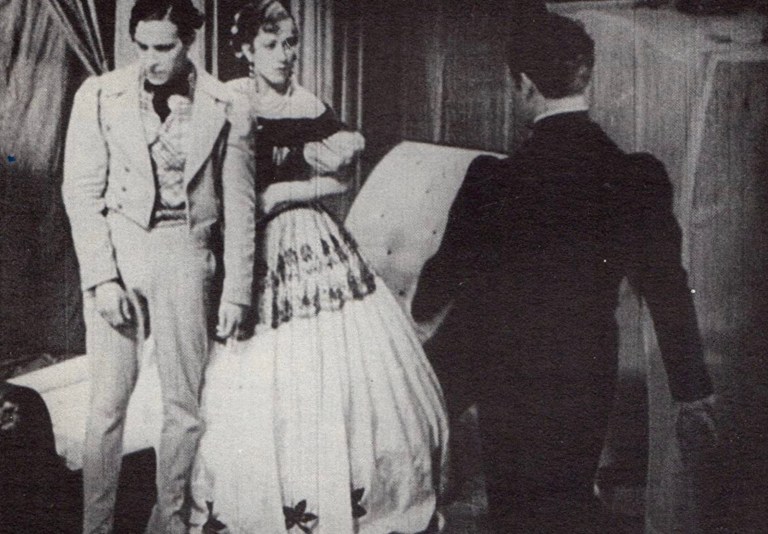
Two monks (the literal meaning of Dos Monjes) meet up in a monastery to perform an exorcism and realize that in the past they had been fierce romantic rivals. One attempts to clobber the other to death using a heavy crucifix but fails to kill him. The would-be murderer is then afflicted with crippling hallucinations.
El fantasma del convento (1934)

Three young adults—a married couple and a man that the married wife fancies—find themselves forced to spend the night in a monastery. An old priest tells them the legend of a monk who seduced his friend’s wife but died a horrible death and continues to haunt the monastery. Then the three adults realize that everyone in the monastery is a zombie.
El misterio del rostro pálido (1935)
In El misterio del rostro pálido (Mystery of the Pale Face), a physician expresses his desire to investigate the land of Lago Negro, which is occupied by a ghastly tribe of pale-faced people who scare away even the naties. A young woman realizes to her terror that the doctor is trying to marry her to his dead son’s spirit.
El hombre sin rostro (1950)
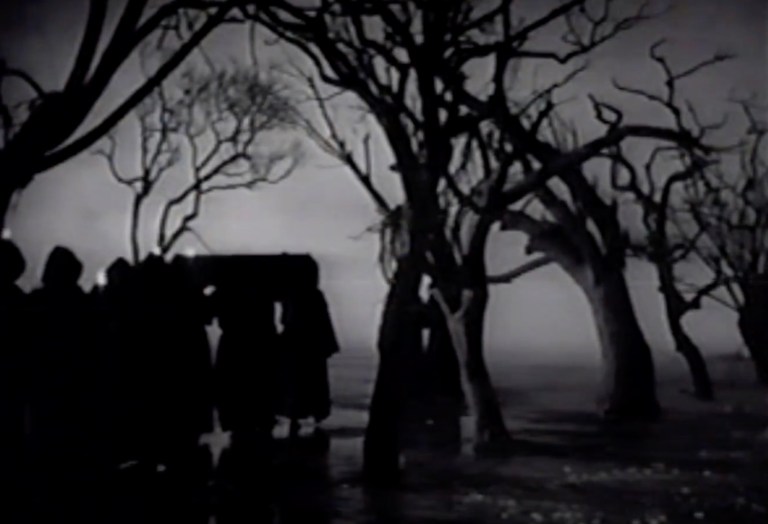
Seminal Mexican horror director Juan Bustillo Oro returns to form with El hombre sin rostro (The Man Without a Face), which tells the story of a doctor who resigns from his profession because he is terrified of a murderer who is randomly killing prostitutes. Under hypnosis by a psychiatrist, the doctor sees the murderer and kills him—only to realize the murderer has no face.
The Revived Monster (1953)
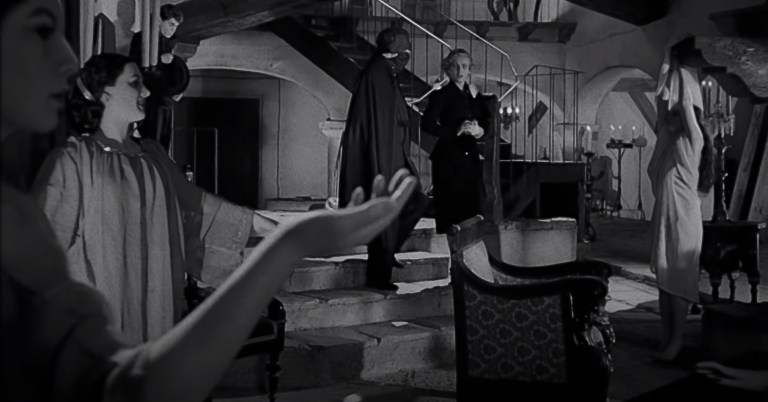
In what is considered Mexico’s first retelling of the Frankenstein legend, a severely deformed plastic surgeon turns to the dark side after repeated rejections. He falls in love with a woman he is certain will betray him, so he revives the corpse of a young male suicide victim by transplanting a brain into him, hoping that the revived monster (El Monstruo resucitado) will keep her in line. Instead, the monster falls in love with the girl, and they plot to attack the doctor.
The Witch (1954)
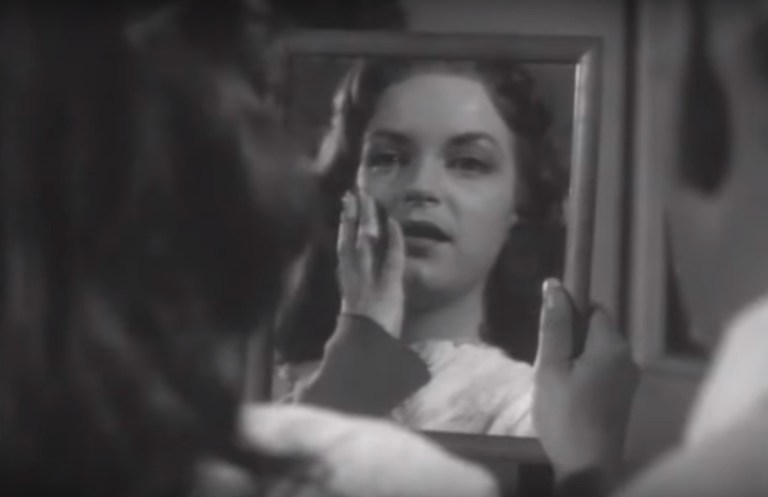
A mad scientist’s daughter is murdered by henchmen for a pharmaceutical company in revenge for his refusal to sell them his new formula that makes people beautiful. In retaliation, the doctor finds a hideous looking woman (Lilia del Valle) and applies the formula to her, making her devastatingly beautiful and seductive. He then uses her feminine charms to wreak vengeance against the pharmaceutical company.
The Body Snatcher (1956)
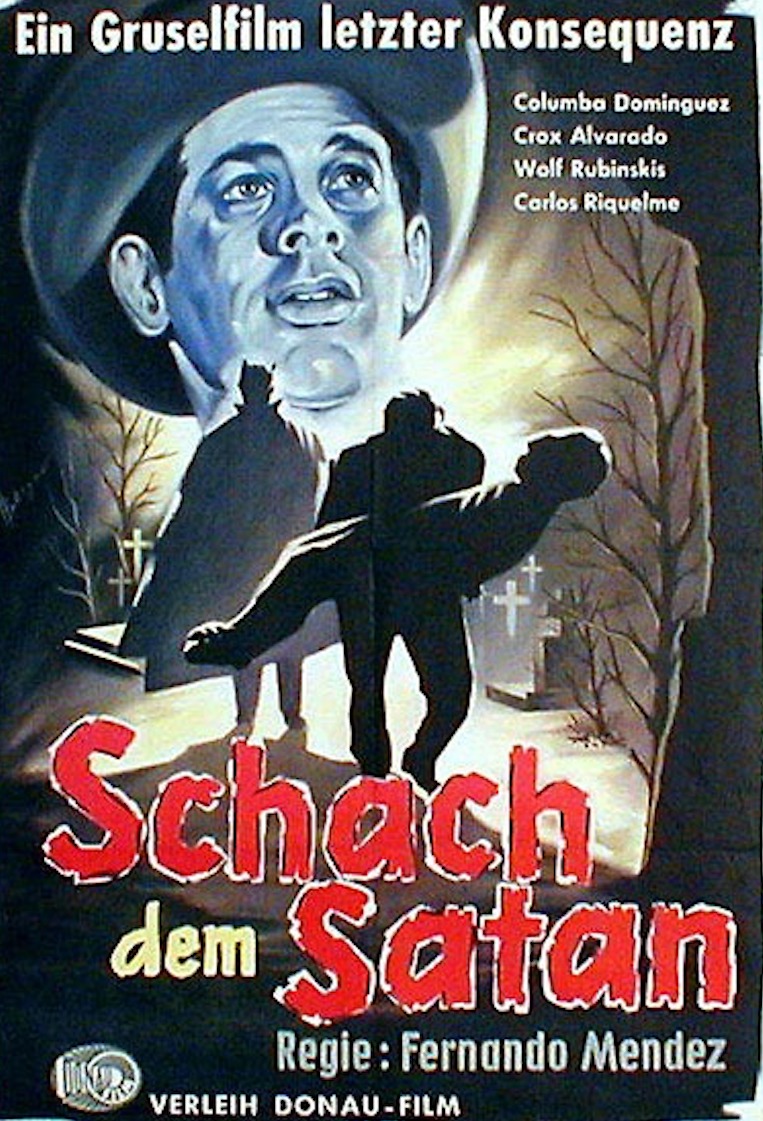
In what is perhaps the first fusion of Mexican horror and wrestling, an evil scientist responsible for a string of murders captures a masked wrestler and replaces his brain with that of a gorilla—then sends the vicious creature into the ring. The film’s original title was Ladrón de Cadáveres (The Corpse Thief).
El Vampiro (1957)

Considered a triumph of Mexican horror, El Vampiro (The Vampire) presents a Mexican spin on the vampire legend. It tells the tale of a pretty young girl who returns home to arrange her aunt’s funeral. But she soon discovers that the entire town may be infested with vampires. El Vampiro stars Abel Salazar in the title role; as writer, actor, and producer, Salazar would have a huge hand in Mexican horror lasting through the mid-1960s. The film is also thought to be the first in which the vampire is shown with long fangs.
El ataúd del vampiro (1957)
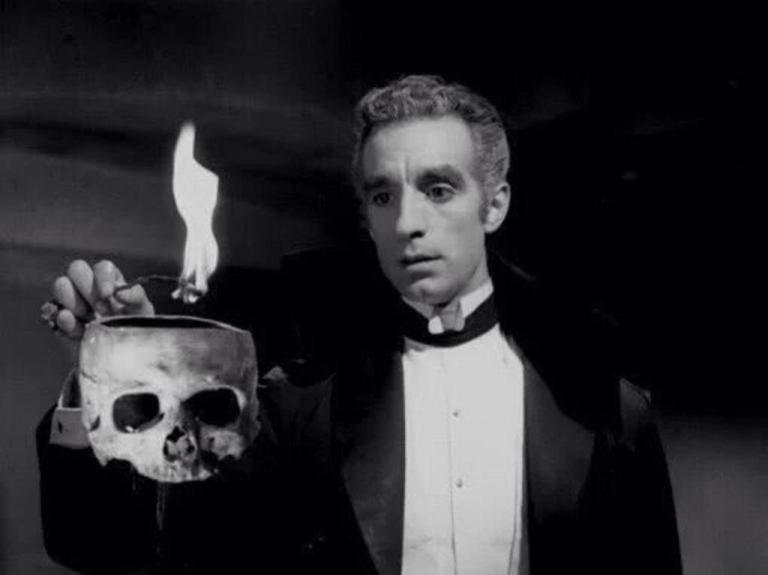
Graverobbers find a vampire’s coffin (ataúd del vampiro), which turns them into zombies whose only mission is to kidnap beautiful women for the vampire’s pleasure. Critics mostly panned the film, but according to Final Girl, “you’ll find shocking moments here and there, but there’s also a ‘you can see the strings on the flying bats’ goofy sort of appeal.”
The Black Pit of Dr. M (1958)
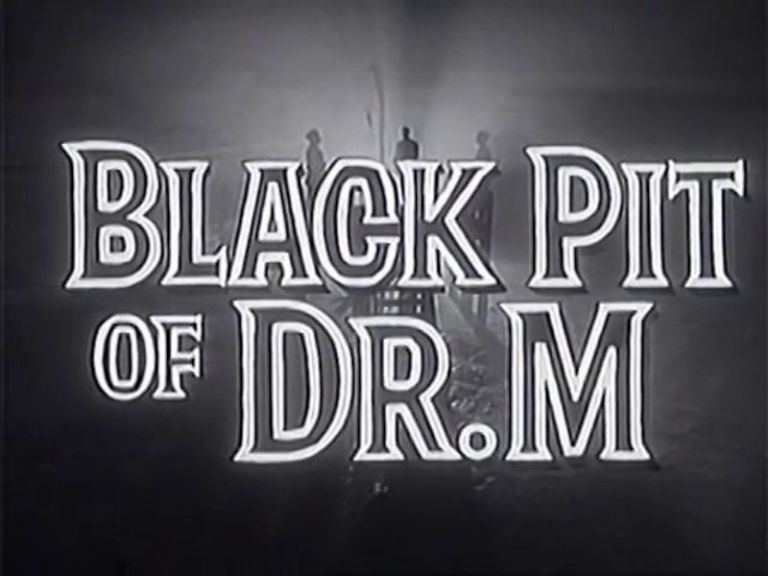
Although released in a dubbed English-language version called The Black Pit of Dr. M, no known copies exist of the film that was originally called Misterios de ultratumba (Mysteries from Beyond the Grave). Dr. Masali and Dr. Aldama run an asylum in the early 1900s and make a pact that whoever dies first will return to notify the other about the afterlife. But since Dr. Masali was hanged for a murder he did not commit, he’s not in a very good mood when he returns from the grave.
The Man and the Monster (1958)
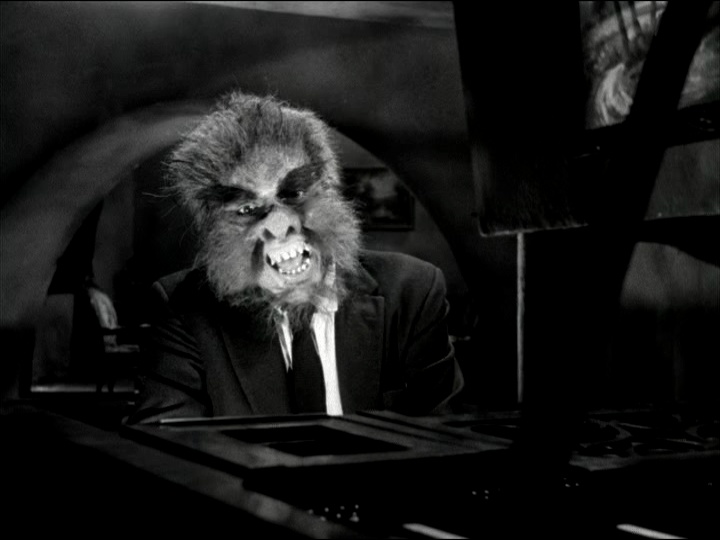
Samuel (Abel Salazar during his Golden Age in Mexican horror) plays a struggling pianist who makes a deal with the Devil. He is granted tremendous talent, but there’s one catch—every time he plays Tchaikovsky’s Piano Concerto No. 1, he becomes “Hombre Lobo,” a satanic monster/murderer. Terror Trap called The Man and the Monster (El hombre y el monstruo) a “flavorful, monster-tinged chimichanga.”
Curse of the Doll People (1960)
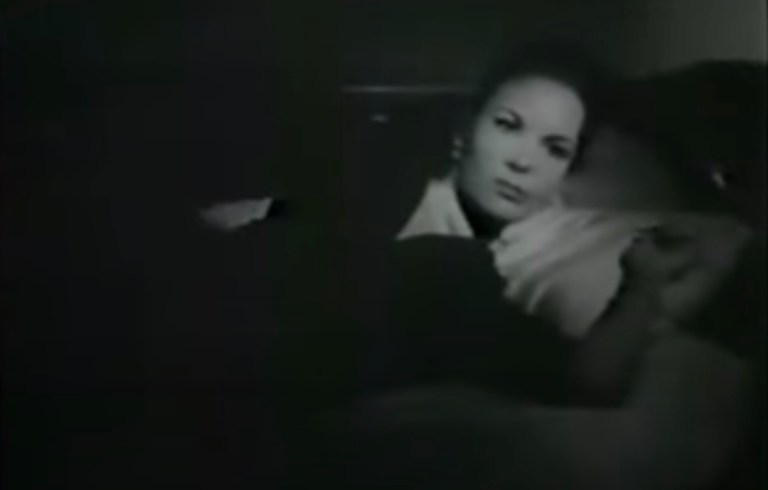
One of many Mexican films that K. Gordon Murray re-dubbed and repackaged for English-speaking audiences and added new footage from his tiny Florida studio, The Curse of the Doll People (also released as The Devil Doll Men in English and Muñecos infernales AKA Infernal Dolls in Spanish) tells the story of four men who steal a sacred idol from a voodoo doctor’s temple. In retaliation, the witch doctor unleashes an army of “doll men” to kill the four men and their family members.
El mundo de los vampiros (1961)

Another offering from South of the Border that was filtered through K. Gordon Murray and released in America as World of the Vampires, the film’s plot involves two sisters who are used by a vampire to wreak vengeance against the last descendant of a family who persecuted vampires in Europe—but, as is almost always the case in horror movies, nothing comes easy. According to The Bloody Pit of Horror, “this has much higher schlock quotient [than most Mexican horror films] with its bats-on-strings, human-head-transposed-over-a-bat-body, putty-faced creatures and sometimes hammy acting, but it’s also inventive, original, amusing, creepy, kooky, fast-paced and incredibly entertaining.”
The Brainiac (1961)

Originally released in Mexico as El barón del terror (The Baron of Terror), The Brainiac stars Abel Salazar as Baron Vitelius, who was burned at the stake by Catholic authorities in 1661 in Mexico City as a comet passed overhead and vowed to return the next time the comet passed by. He returns with the comet in 1961 as a normal-looking man with tremendous powers of persuasion whose head swells to the size of a microwave oven with a demonic face and a giant tongue that sucks out people’s brains.
The Witch’s Mirror (1961)

An abusive and cheating husband kills his wife so that he can be with his mistress. The woman’s godmother was a witch who originally tried casting a spell on a mirror to protect her from domestic violence, but the spell failed. Still, she is able to bring the woman back from the grave, and the two witches set out to destroy the evil woman-beater.
Curse of the Crying Woman (1961)

Based on the Mexican folk legend of La Llorona, a spurned woman who drowns her children to get revenge against her cheating husband, Curse of the Crying Woman tells the story of a married couple who take a carriage through a misty and spooked-out rural area to meet up with her aunt, who turns out to be a witch with holes where her eyes once were. There are plenty of bats and screams and ghosts and cobwebs and the ever-present feeling of dustiness that pervades so many black-and-white Mexican horror films.
Invasion of the Vampires (1963)

A small-town doctor and his assistant are the only ones aware that a vampire from the 1500s named Count Frankenhausen is terrorizing their town. However, they run into trouble trying to persuade the townsfolk that true evil lurks within their midst.
Wrestling Women v. The Aztec Mummy (1964)

In what is simultaneously one of the silliest and most enjoyable of all the lucha libre horror films, a bunch of mobsters kill several archeologists in their quest to unearth the treasures in an ancient Aztec tomb. Two women wrestlers (Lorena Velazquez and Elisabeth Campbell) team up to stop the gangsters. They are aided by the Aztec Mummy, who turns out to also be a woman who is on the side of good. The mummy is also able to transform into a bat, snake, or tarantula at will, which makes her really hard to wrestle.
The Book of Stone (1969)

Written and directed by legendary Mexican horror filmmaker Carlos Enrique Taboada, The Book of Stone (El libro de piedra) tells the tale of Julia, a governess hired to look after a young girl named Sylvia, who lives with a new stepmother and a cold father. Sylvia plays with a stone statue in the courtyard that she insists is a living boy named Hugo. As Sylvia’s behavior turns darker and she develops an ability to predict the future, people begin wondering whether Hugo is something more than an inanimate statue.
Night of the Bloody Apes (1969)
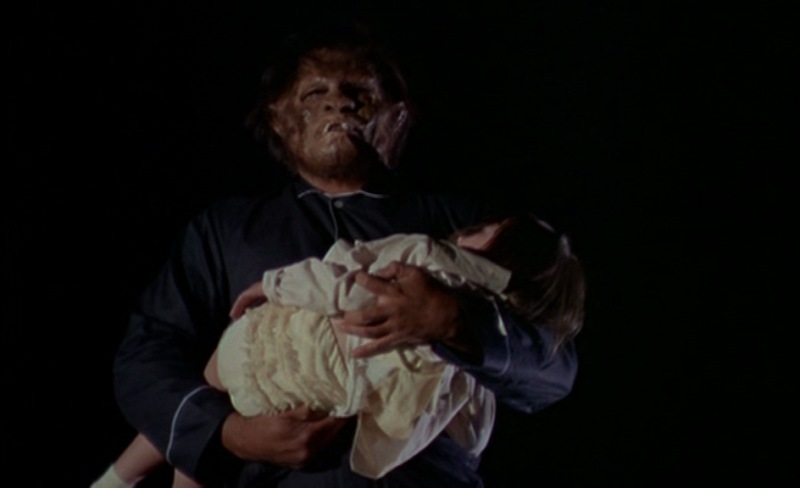
An intensely gory and violent film that was originally released in Mexico as La Horripilante bestia humana (The Horrible Man-Beast), this is director Rene Cardona’s full-color remake of his 1962 wrestling/horror classic Doctor of Doom. Yet another mad scientist tries reviving his dying son by transplanting a gorilla’s heart into his chest cavity. He survives, but at the cost of the safety of everyone around him. TV Guide says that with “its dizzying combination of hard-core gore (eye, ear, nose, and throat gougings in bloody close-up), gratuitous nudity, rampaging monster, actual footage of open-heart surgery, and masked Mexican wrestlers, this is a tough one to ignore. “
Dr. Tarr’s Torture Dungeon (1972)
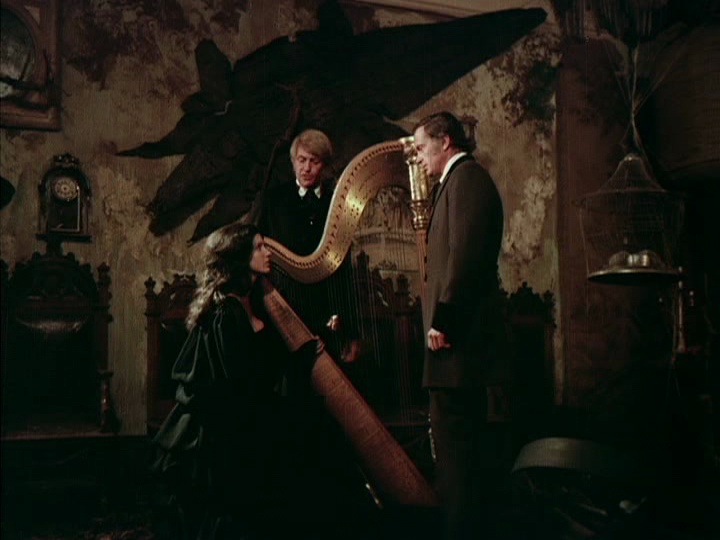
The inmates literally take over an asylum, locking the doctors and staff into their own padded cells, and a French writer is sent to investigate—and things get rougher from there. This was originally filmed in English and then dubbed into Spanish for Mexican audiences. According to Mondo Bizarro Cinema, “The rampant nudity—done as an eccentricity and not involving sex—and insane behavior is certainly not going to be everyone’s cup of tea. If you like absurdity and have an open mind, check this one out.”
Night of 1,000 Cats (1972)

Also released as Blood Feast (not to be confused with the 1963 Herschell Gordon Lewis splatter classic of the same name), Night of 1,000 Cats (La noche de los mil gatos) was written and directed by Rene Cardona, Jr., son of the famous Mexican horror director. It tells the story of Hugo, a playboy/killer who stalks and seduces women, brings them back to his castle in a helicopter, murders them in several different ways, and then feeds them to his army of cats while keeping his prey’s heads preserved in glass jars.
Más negro que la noche (1974)

Four women are permitted to move into a spooky old house that was abandoned by one of the woman’s aunts on the condition that they care for her pet black cat. And we all know that black cats mean bad luck…
Mary, Mary, Bloody Mary (1974)
A bisexual American artist’s van breaks down during a vicious thunderstorm in rural Mexico. One night while staying in an abandoned house with a man she met along the way, she reminisces about killing a US official the previous night and drinking his blood. She begins killing and drinking the blood of local villagers.
Satánico pandemonium (1975)
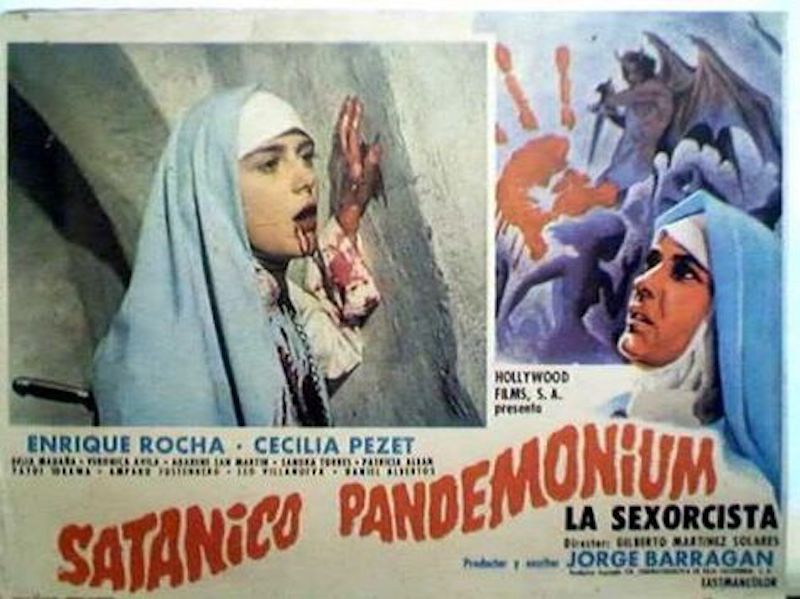
In this example of Mexican “nunsploitation horror,” a young nun living in a convent is plagued with sexual fantasies about Satan. She realizes that forbidden pleasures will be hers if she makes a compact with the Devil and destroys the convent along with every living nun in it. Along the way, she murders the Mother Superior and rapes a young boy. Also released as La Sexorcista.
Alucarda, la hija de las tinieblas (1975)

Two teenage orphans living in a Catholic convent become possessed with Satan and unleash untold horrors on everyone around them. The film was shot in English and released under various titles such as Alucarda, Daughter of Darkness, Innocents from Hell, and Sisters of Satan. It has been praised for its trenchant analysis of the conflict between tradition and modernity as well as the clash of science versus religion.
La tía Alejandra (1978)

Isabela Corona stars as the Aunt Alejandra of the title, who arrives as a caregiver to a two-parent, three-child household. Although she seems loving at first, she takes a dark and possibly Satanic turn after the oldest child rejects her.
The Bermuda Triangle (1978)

Written and directed by Rene Cardona, Jr., this was released in Spanish as El Triángulo diabólico de las Bermudas (The Evil Bermuda Triangle) and also in English as The Secrets of the Bermuda Triangle and Devil’s Triangle of Bermuda. A joint Italian-Mexican effort, it involves a family who sails on a ship called Black Whale III into the infamously dangerous Bermuda Triangle in a quest to find evidence of the lost continent of Atlantis. When the family’s youngest daughter retrieves a doll she found floating in the water, odd things start happening.
El extraño hijo del sheriff (1982)

A sheriff in the old American West fathers two conjoined twins whose mother died while birthing them. He hides them from public due to the scorn he fears he and they will face. The sheriff holds a doctor at gunpoint and forces him to separate the twins. One dies during the operation, but his angry spirit lives on in the other twin.
Poison for the Fairies (1984)
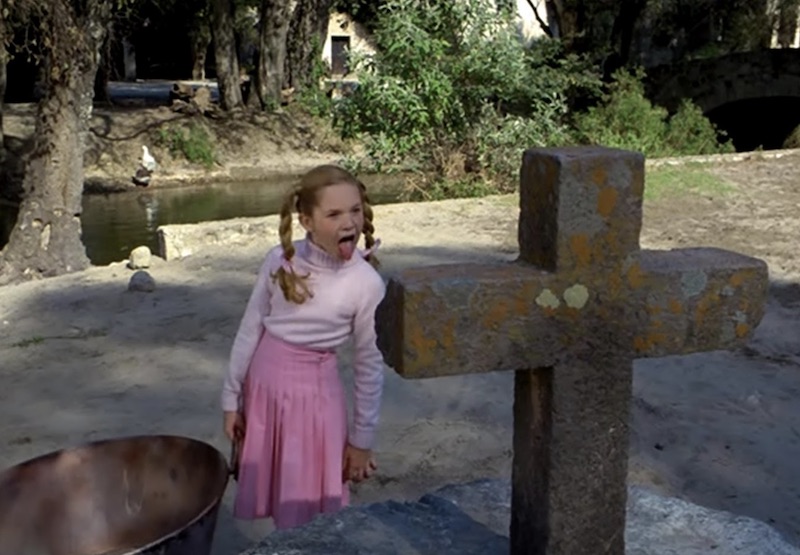
Famed Mexican horror director Carlos Enrique Taboada shot this film almost entirely from the viewpoint of a young child, meaning the adults’ faces are hardly ever seen. Two lonely schoolgirls around age ten become friends. One of them convinces the other that they are both witches, which is where things begin to get dark and violent.
Cemetery of Terror (1985)

As a Halloween prank, a group of teens steal a body from a morgue. As they perform an incantation over his corpse, they figure it’s just a random body rather than that of a serial-killing Satanist. Not only is he revived during the ritual—so are the bodies of several other people in the cemetery.
Santa Sangre (1989)

Directed and written by Alejandro Jodorowsky (who also directed the surreal midnight-movie classic El Topo), Santa Sangre (Holy Blood) tells the story of a mentally ill circus performer who escapes the asylum to reunite with his mother, who has no arms—but he willingly becomes her “arms.” Roger Ebert enthused that Santa Sangre is “”a horror film, one of the greatest, and after waiting patiently through countless Dead Teenager Movies, I am reminded by Alejandro Jodorowsky that true psychic horror is possible on the screen – horror, poetry, surrealism, psychological pain and wicked humor, all at once.”
Cronos (1993)
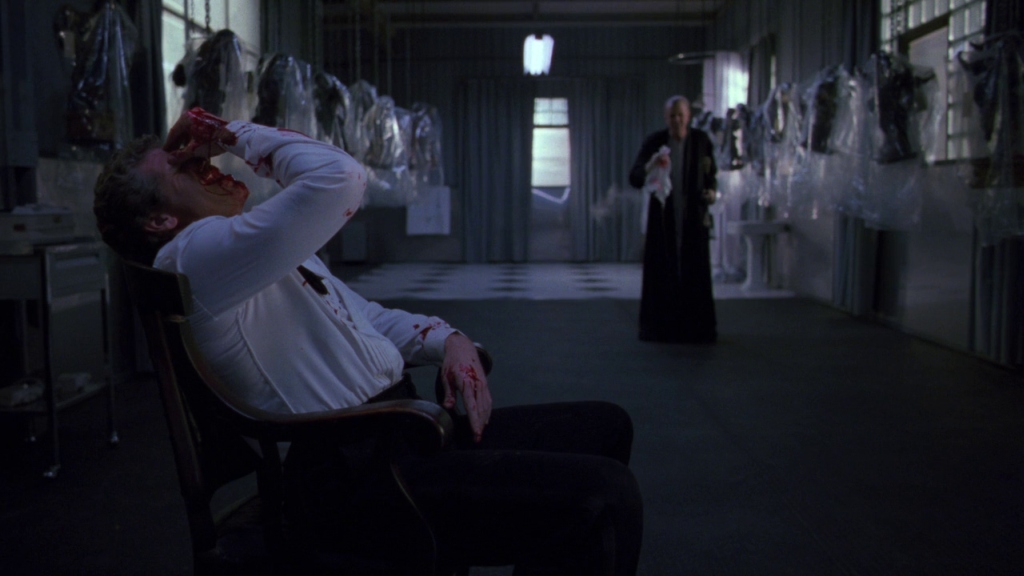
Directed by Guillermo del Toro, Cronos tells the story of a Spanish alchemist from the 1500s who develops a device that provides eternal life. The alchemist finally dies after his heart is pierced when a building collapses on him in 1937. An investigator finds an odd little device shaped like a scarab. Upon winding it, the device unfolds with spidery legs that clutch onto him and insert a needle into his flesh. He feels young and vibrant again. He also discovers that he has a new taste for blood.
Kilómetro 31 (2006)
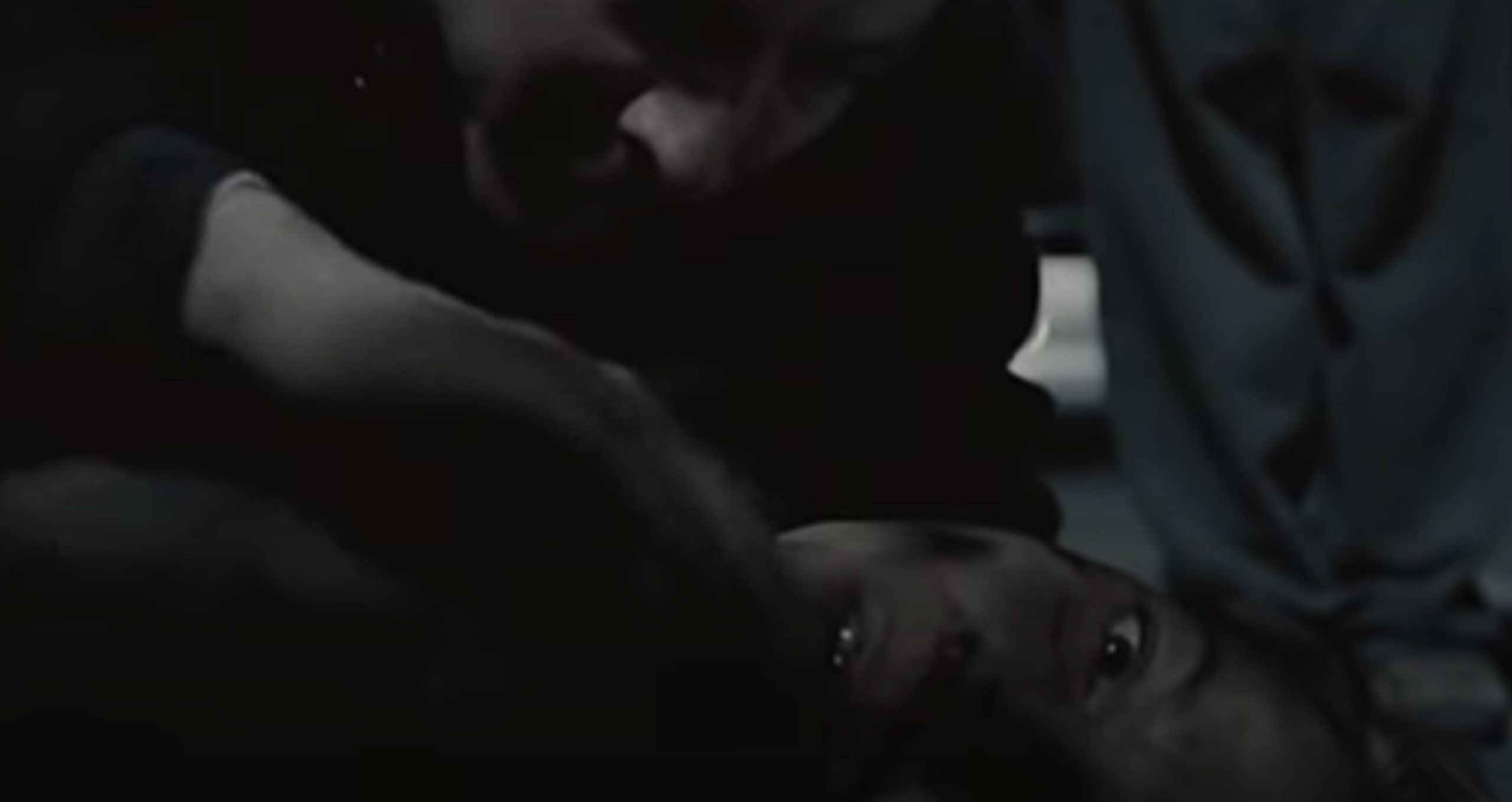
Another Mexican horror film inspired by La Llorona, the legend of the Crying Woman. A girl gets into a car accident on a rural road outside Mexico City around the Km. 31 marker and goes into a coma. Her identical twin sister also starts experiencing her twin’s pain and is compelled to solve the mystery of her accident. She doesn’t realize that according to local legend, there are ghosts around the Km. 31 marker. She will also come to discover that her sister isn’t technically in a coma—she’s trapped in between this world and the next.
We Are What We Are (2010)

After a family patriarch dies, his survivors are tasked with continuing the rigid family rituals that involve hunting meat, preparing it for consumption, and eating it. The “meat” in question is human flesh, since they’re a family of cannibals. With two detectives hot on their tail, the family of cannibals strains to maintain their family traditions in a modern urban environment.
México Bárbaro (2014)
México Bárbaro (Barbarous Mexico) is an anthology horror film comprised of eight brief segments. Topics include a young couple getting terrorized in the woods, a special-needs girl who knows the bogeyman when she sees him, strippers who take revenge against the world on La Dia de Los Muertos, and a girl who smokes a spliff she found on a corpse and winds up feeling compelled to drain blood from her sister’s vagina.
The Similars (2015)

A monstrous, once-in-a-lifetime thunderstorm strands passengers in a remote bus station outside Mexico City in 1968. As they listen to the radio, they realized that the storm has spread all over the world. As they look at each other, they also realize that everyone’s faces are slowly changing, and not for the better.
File 253 (2015)

With an original Spanish title of Archivo 253, the movie’s premise is so familiar, it might as well be its own horror-movie trope—a group of “paranormal investigators” thinks it’d be a great idea to sleep overnight at an abandoned mental asylum that is rumored to be haunted. Who would have possibly thought that things could go wrong? Trash Film Guru slammed the film, saying that the only difference between File 253 and every other film like it is “the fact that it was made in Mexico and you’ve actually gotta read the insipid dialogue rather than just hear it.”
The Untamed (2016)
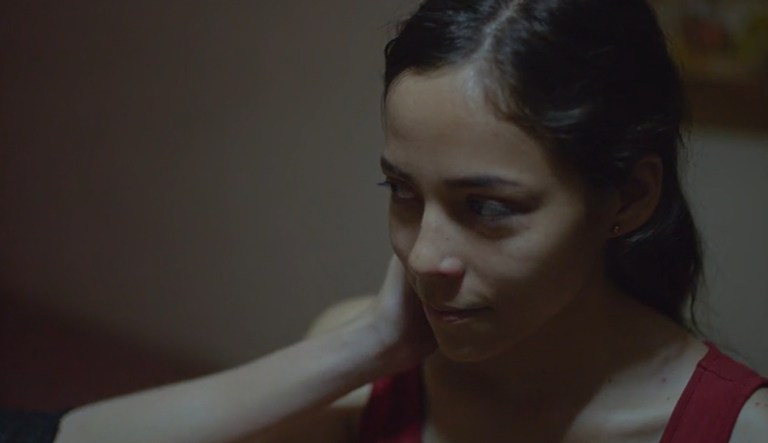
A strange young girl suddenly enters the lives of a married couple and the wife’s gay brother. Unbeknownst to her, the married couple are also housing an alien with tentacles that longs to have sex with a human—and the alien has chosen her. Directed by Amat Escalante.
We Are the Flesh (2017)

A joint French-Mexican production released in Spanish as Somos la carne, this post-apocalyptic nightmare involves a brother and sister who roam the land desperately seeking food until a kindly old man takes them in under the condition that they help him renovate an abandoned building. Oh, and they also have to have sex with one another while he watches. And after he breaks their will by getting them to do that, he makes them do all sorts of other things. This film was one of only four in Mexico to receive a “D” rating—which is reserved for subject matter that is considered extremely disturbing and/or pornographic.
Belzebuth (2019)
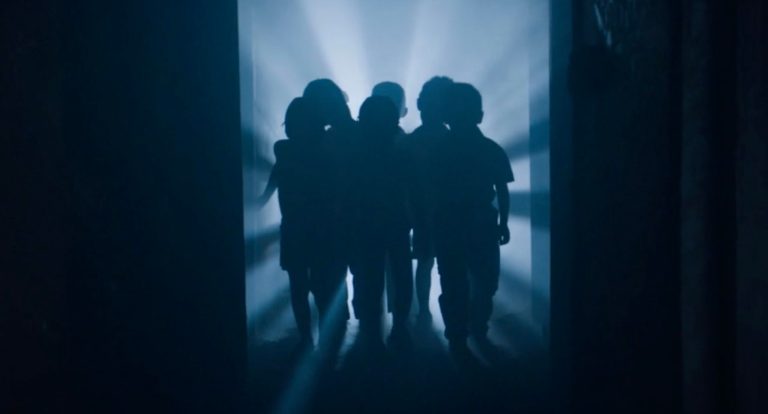
A police detective is emotionally devastated after his son dies only one day after being born. It turns out that he is also tasked to investigate the mass-murder of infants by a student nurse who locked herself in a nursery and started randomly stabbing babies. While the detective starts connecting the death of his son to the mass stabbing in the nursery, a priest suddenly arrives with an entirely different take on the situation. Belzebuth was a Mexican film production that is mostly spoken in English.
La Marca del Demonio (2020)
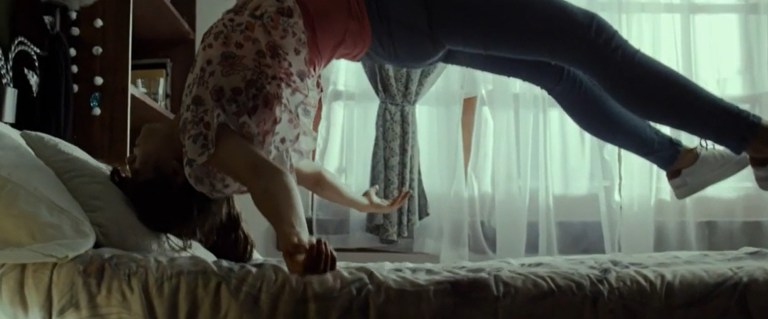
A modernized Mexican take on the infamously gory 1970 German film Mark of the Devil, this time around the focus is on a Catholic priest who forms a pact with a demon-possessed man to hunt down other demons. When the opening scene depicts a young boy who violently dies during an exorcism, you get a good idea about how the rest of the movie’s going to go—nonstop demons.
Evil Eye (2022)
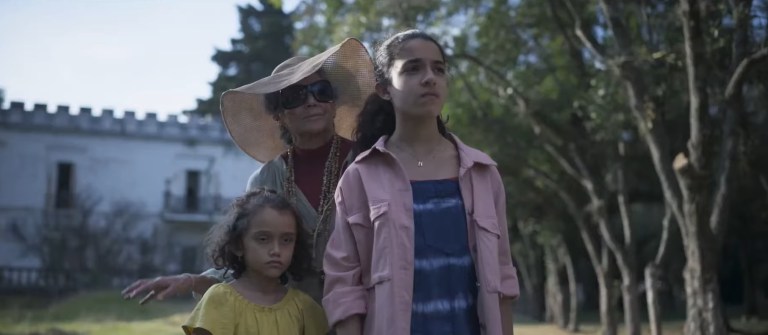
Evil Eye is about a pair of sisters who go to live with their grandmother while their parents seek out a cure for the younger sister’s autoimmune disorder. Nala, the older sister, becomes increasingly paranoid as her grandmother behaves more and more erratically. Could her grandmother be a witch?
Huesera: The Bone Woman (2022)
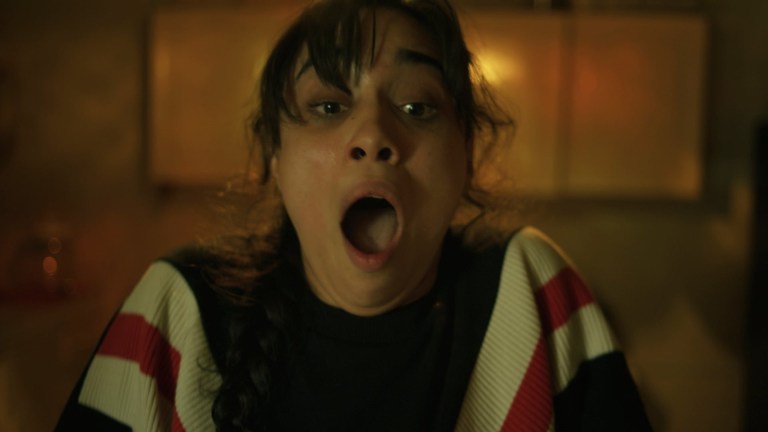
Huesera: The Bone Woman mixes supernatural horror with precnancy horror in a completely unsettling way. Valeria’s life completely changes when she becomes pregnant, and her fears of being a mother are compounded by a supernatural presence that starts haunting her. With her physical and mental well-being in danger, she seeks help from dark sources.